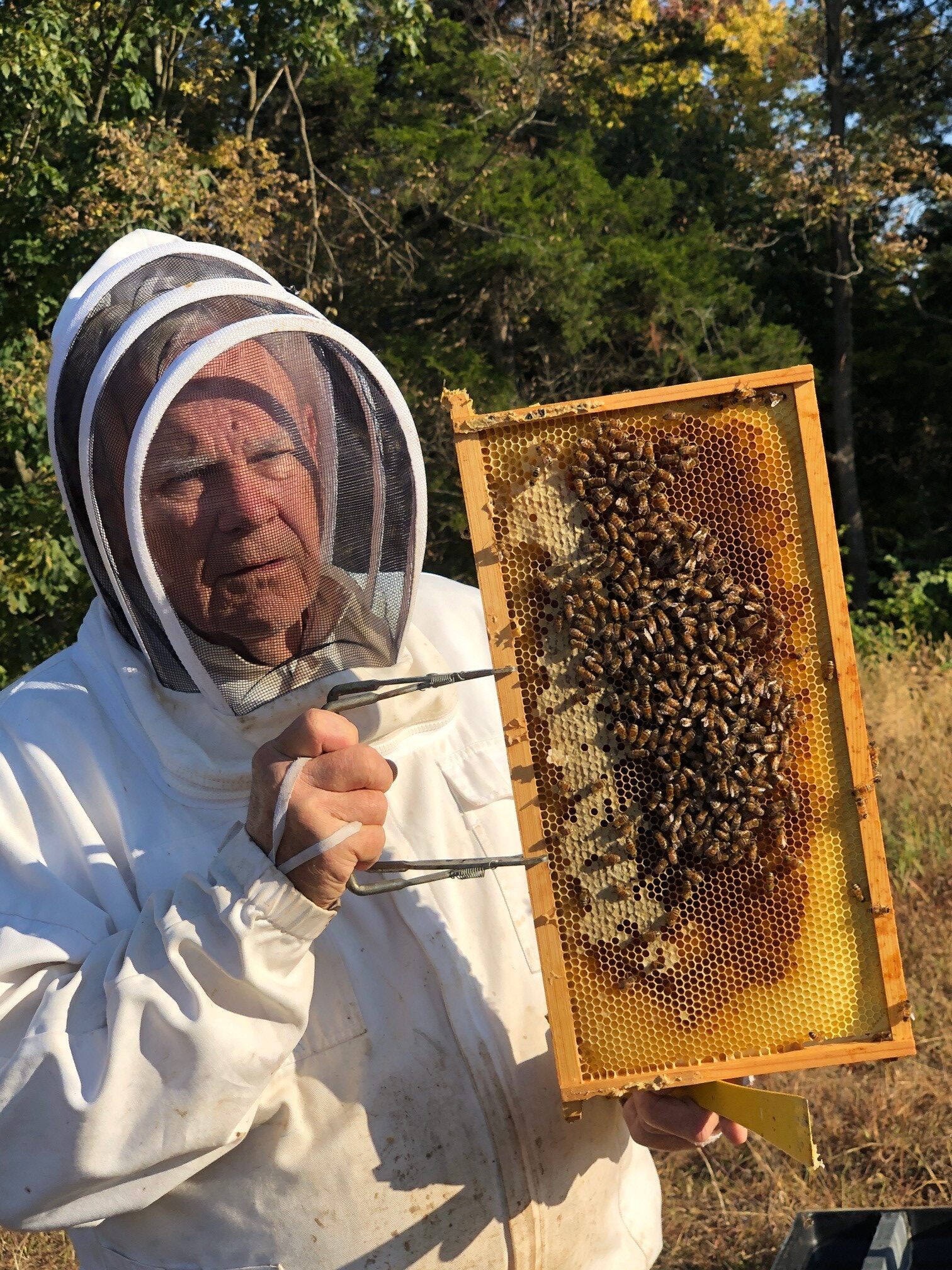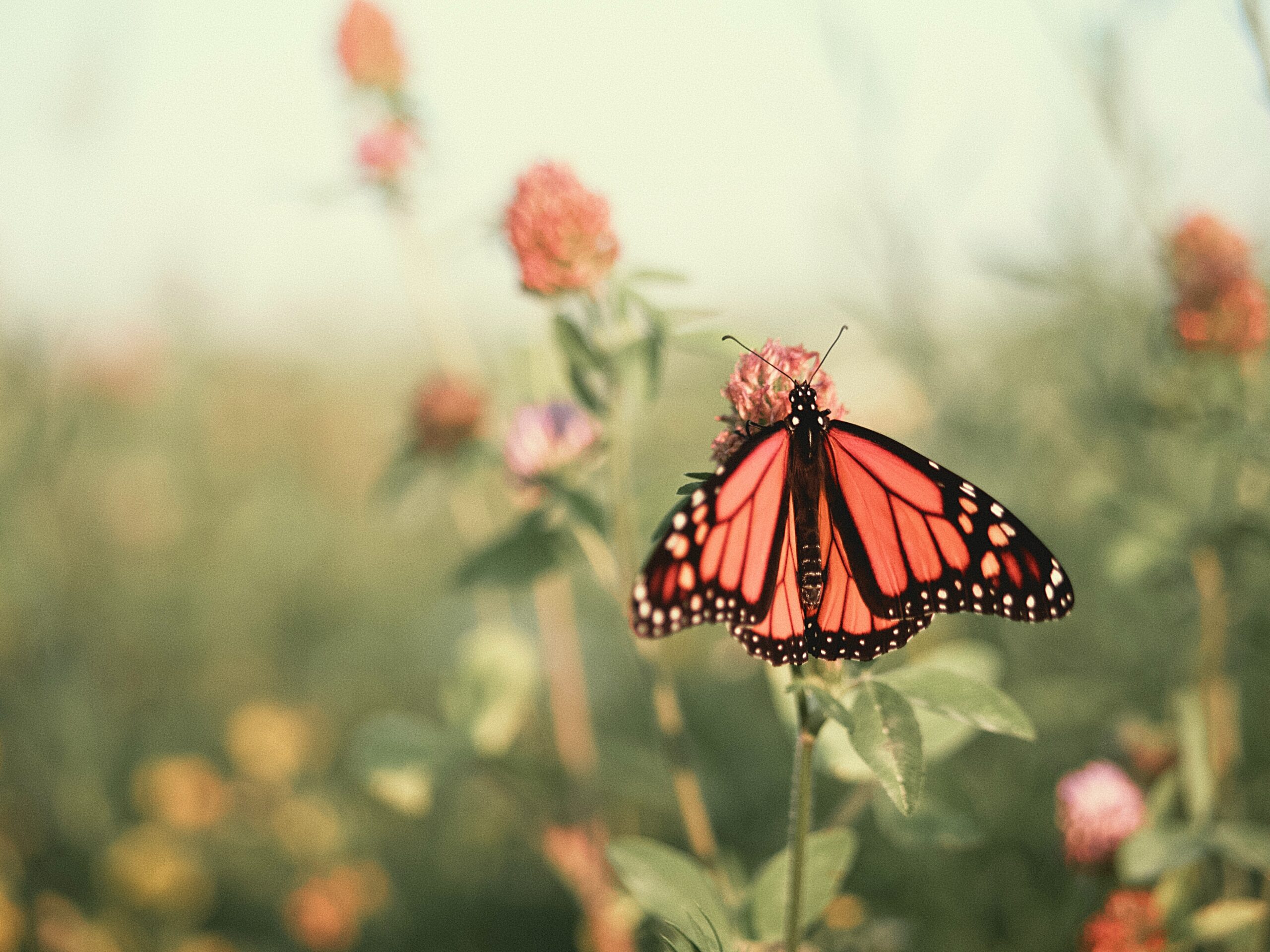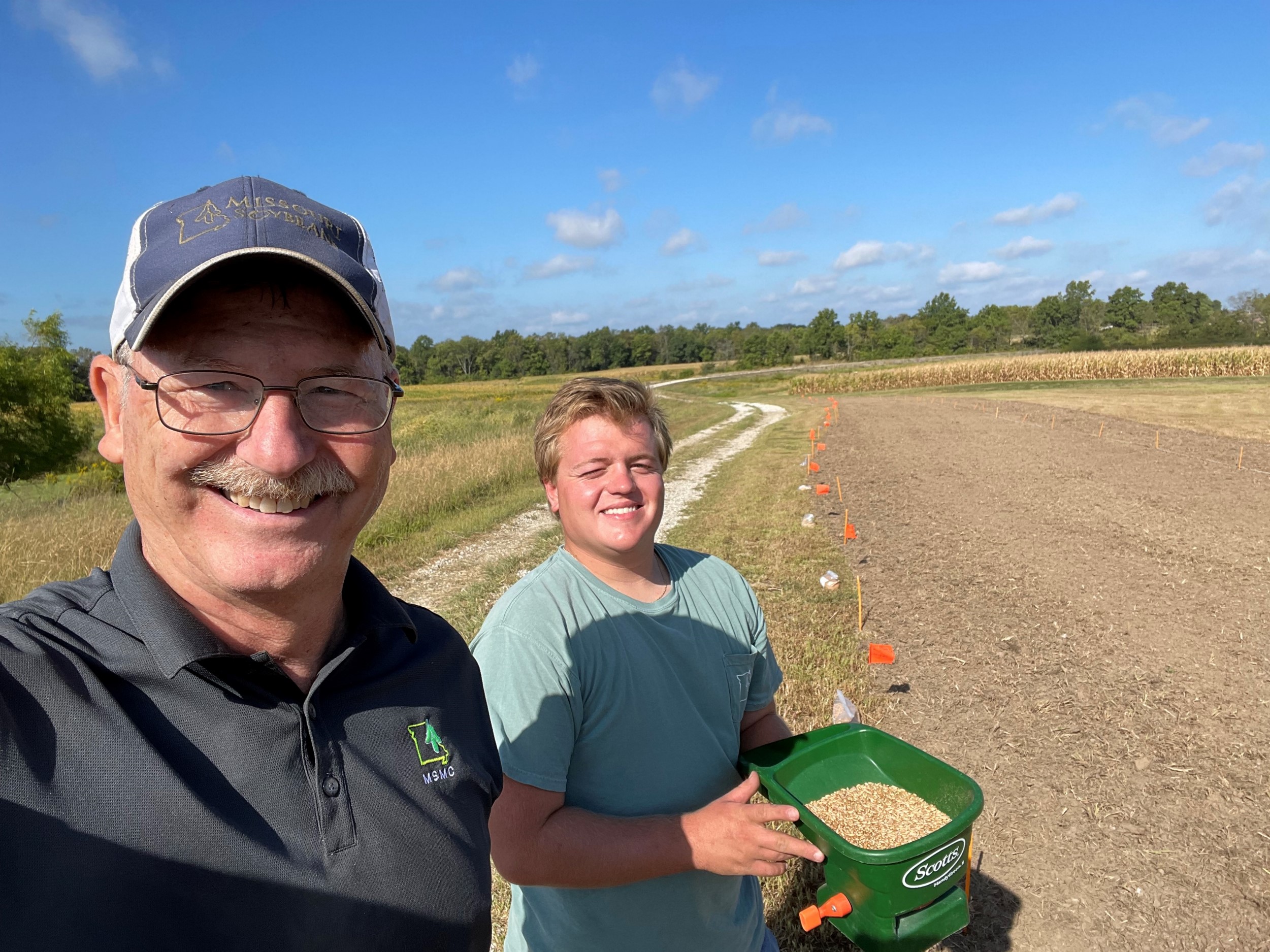With words like biodiversity and carbon markets trending, farmers are working to implement traditional methods of sustainability to foster environmental development.
Producers and consumers alike are always searching for ways to create a more environmentally friendly ecosystem. For producers, this often starts with improving soil health. Soil is the key to maintaining ecosystem function and biodiversity on farmland, both from a plant and animal standpoint. The ecosystem and natural resource benefits that farmland provides also directly benefit our local communities and society. Improving carbon footprints, water quality, water use conservation, biodiversity and wildlife habitat all fall into place when we take an ecosystem-focused approach to conservation. With approximately 70% of U.S. land in private ownership, America’s farmers and ranchers are key to creating solutions to address challenges to our nation’s natural resources.
Agriculture’s role in ecosystem markets and carbon is a hot topic for discussion as new opportunities emerge. Like many, soybean growers want to create a sustainable legacy to pass on to future generations. To ensure farmers leave their land in better condition than they received it, Missouri soybean and corn farmers are spearheading a new opportunity to expand pollinator and wildlife-friendly landscapes through a first-of-its-kind pilot project, quantifying and certifying biodiversity credits as part of the Ecosystem Services Market Consortium’s (ESMC) national ecosystem services market program.
“This project is critical to not only Missouri agriculture, but our state’s natural resources for decades to come,” says Tim Gottman, a Missouri soybean farmer from Monroe City and Missouri Soybean Merchandising Council demand committee chair. “Biodiversity provides a healthy, functioning operation supplying oxygen, clean air, fresh water, pollination of plants and pest control.”
Ecosystem credits can come in different forms, including carbon, water quality and biodiversity. All are a non-tangible ecosystem-based asset generated from quantifying the environmental benefits resulting from conservation improvements made on the farm. Through ESMC’s ecosystem market program, credits can now be earned, deposited, sold or traded. For example, carbon credits can be generated by farmers who implement management practices on the farm that increase soil carbon sequestration and/or reduce greenhouse gas emissions from their farms. This exchange presents farmers with an opportunity to be compensated for adopting farming practices that create real change and produce environmental benefits.
For this pilot project, Missouri farmers whom are interested or already working to create or enhance pollinator habitat within existing or new field borders, buffers, waterways or other non-productive agricultural ground are eligible and encouraged to contact Missouri Soybeans staff.
Once credits are quantified, verified and certified, ESMC makes the credits available for purchase to interested buyers.
Who are the interested buyers you ask? Private and publicly traded companies from all industries are seeing strong pressure from the public, shareholders, competitors and public officials from around the globe to improve their environmental footprints. Greater focus from investors on environmental, social and corporate governance (ESG) goals are pushing companies to look more closely at the carbon footprint of their operations as well as their supply chains. For food and beverage companies, this hits home quickly as it requires them to assess and address challenges about how agriculture production and the commodities they buy impact the carbon intensity of the products they sell to consumers.

“Credits are most often thought of as any tradable certificate that represents a unit of pollution reduced,” says Clayton Light, Missouri Soybeans conservation programs manager. “With a biodiversity credit, it is not so much a unit of pollution reduced, but more of a certificate that represents a measured positive benefit of a conservation practice that benefits the ecosystem. For this pilot, we have focused the biodiversity credits on pollinators.”
This innovative project was launched in partnership with Missouri Soybean Merchandising Council, Missouri Corn Merchandising Council, Missouri Department of Conservation, MFA Incorporated, Pheasants Forever/Quail Forever and the Ecosystem Services Market Consortium. These powerhouse organizations are providing farmers with an opportunity untapped by even some of the largest Fortune 500 companies. This collaborative partnership opens doors and expands upon ongoing work with carbon markets.
“Many of the conservation practices also provide soil health benefits, reduce erosion, improve water quality and capture carbon in the environment. It is exciting to offer farmers the opportunity to participate in a new, voluntary private market program designed to help improve the land and wildlife habitat for future generations.”
Corn and soybeans are the most widely grown crops in North America. Though not essential to corn and soybean production, pollinators like native bees commonly forage in these fields. As more farmers continue to adopt precision technology to better utilize productive acres, information from the biodiversity pilot project can help make informed decisions on land management in less productive areas.
“Agriculture can play a key role in increasing the diversity, quality and quantity of pollinators and wildlife,” says Bill White, community and private land conservation branch chief with the Missouri Department of Conservation. “By incorporating certain practices on areas of the farm otherwise not used in production, farmers can help provide for species such as monarch butterflies, bobwhite quail, migrating grassland birds and native bees while supporting sustainable agricultural systems.”
The Missouri biodiversity pilot project is the latest in a portfolio of more than 10 projects ESMC has launched to test and refine its market program for full market launch in 2022. The pilots test ESMC’s processes for credit generation and sales, ensuring all other program aspects are operational and meet grower and buyer needs.
“Our members have asked for opportunities to invest in increasing biodiversity through their agricultural supply chains,” notes ESMC Executive Director Debbie Reed. “Through ESMC’s unique nonprofit public private-partnership, we’re creating an opportunity to increase biodiversity while adding to the current demand for carbon, water quality and water conservation credits. Our ability to stack credits and compensate farmers and ranchers is a value-added opportunity for all our members.”
If we are looking to create a sustaining impact on our ecosystems, look no further than production agriculture. Farmers can play a vital role in increasing diversity, quality and quantity of pollinators and wildlife. And, in return, support a strong, prosperous agricultural system.
“Having fields enrolled in the ESMC’s carbon pilot and making practice changes such as cover crops is highly important to our soil-health goals on the farm. Now, using conservation practices such as field buffers planted to diverse pollinator seed mixes continues to strengthen our soil health and can increase biodiversity around our fields.”
For this program, there are no minimum acreage limits, although it is recommended that the farmer enrolls on continuous acres across a set of fields. Farmers can choose to phase in more acres over time, but during this biodiversity pilot, there will be a limited number of total acres that can be enrolled. In the pilot project, the farmer contracts with ESMC for the length of a two-year project. At the conclusion of the pilot, farmers may have the option to enroll into a five or 10-year contract. There is no cost to the farmer to enroll in the pilot.
The two-year pilot project began in November 2021 and is slated to continue through 2023.
Missouri farmers interested in learning more about the pilot biodiversity project and creating pollinator-friendly landscapes in tandem with the current carbon pilot program are encouraged to visit www. mocarbonpilot.com.


